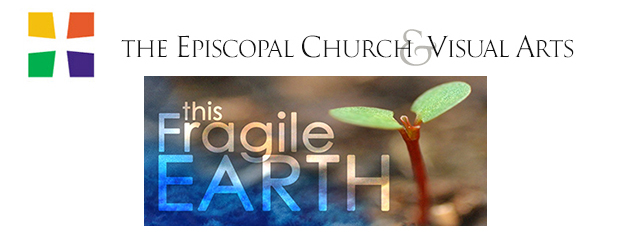Artist Statement: ImagoDei,my ongoing series of work,explores humanity and divinity in humankindness. The circle, as the ideal, perfected form, is meant to signify the state of wholeness in which God made us. This is a theme I continue to explore with Dorothy Stang, who lived in service to others by breaking down the divisions among the human family.
Sister Dorothy Mae Stang, was American-born, 74-year-old activist nun living in Brazil. She was outspoken in her efforts to help prevent deforestation and rights abuses against the small farm owners in the area. The effects of her work were so wide, that in 2005 she was assassinated by two gunman in the Amazon. Sister Dorothy was shot six times in the head, throat and body at close range
Concentric circle represents the state of perfection of humans, in this case, also tragically used in target archery or firearms. As was the case for Dorothy Stang, those who seek to protect others or do good works in the world are often persecuted and attacked. The concentric circles also represent ripples of the water, as good works will resonate beyond the life of their originator. Although Dorothy Stang was killed, the effects of her work could never be killed.
Bio: Shin-hee Chin is a fiber/mixed-media artist and Professor of the Visual Art Department at Tabor College. Chin's work has been exhibited nationally and internationally, including Washington DC, Tokyo, Hampton, Geneva, Tainan, and Seoul.
Chin's work was featured as the cover of the Studio Art Quilt Associates Journal (Spring 2017) and the cover of Surface Design Association Journal (Summer 2014).
As an esteemed educator for 15 years, Chin has taught drawing, painting, color theory, and mixed media. She was elected as Distinguished Faculty in 2008. Influenced by feminist traditions, Christian spirituality, and Eastern philosophy, Chin has created a coherent narrative addressing the complex issues of the female body, procreation and motherhood, mother tongue, cultural identity, cultural hybridity, and sense of belonging.
|






